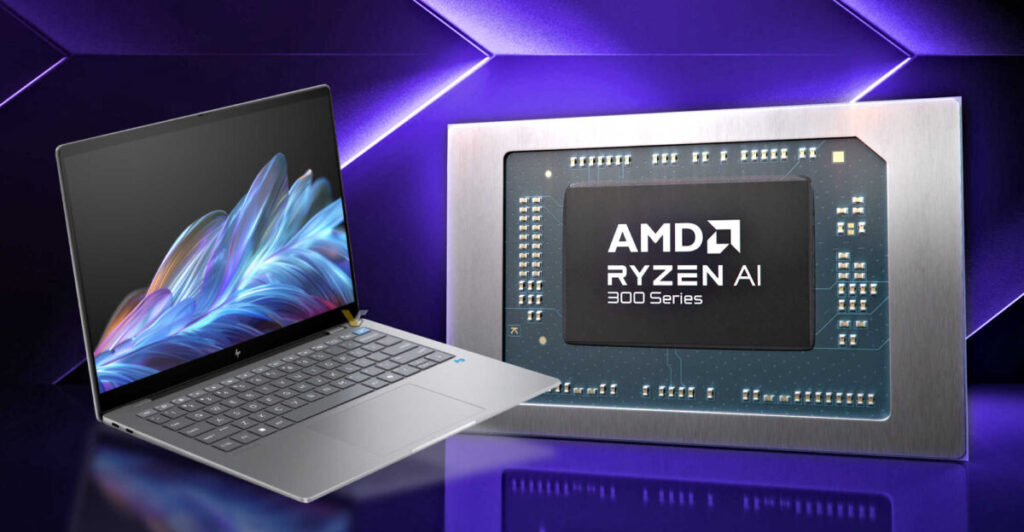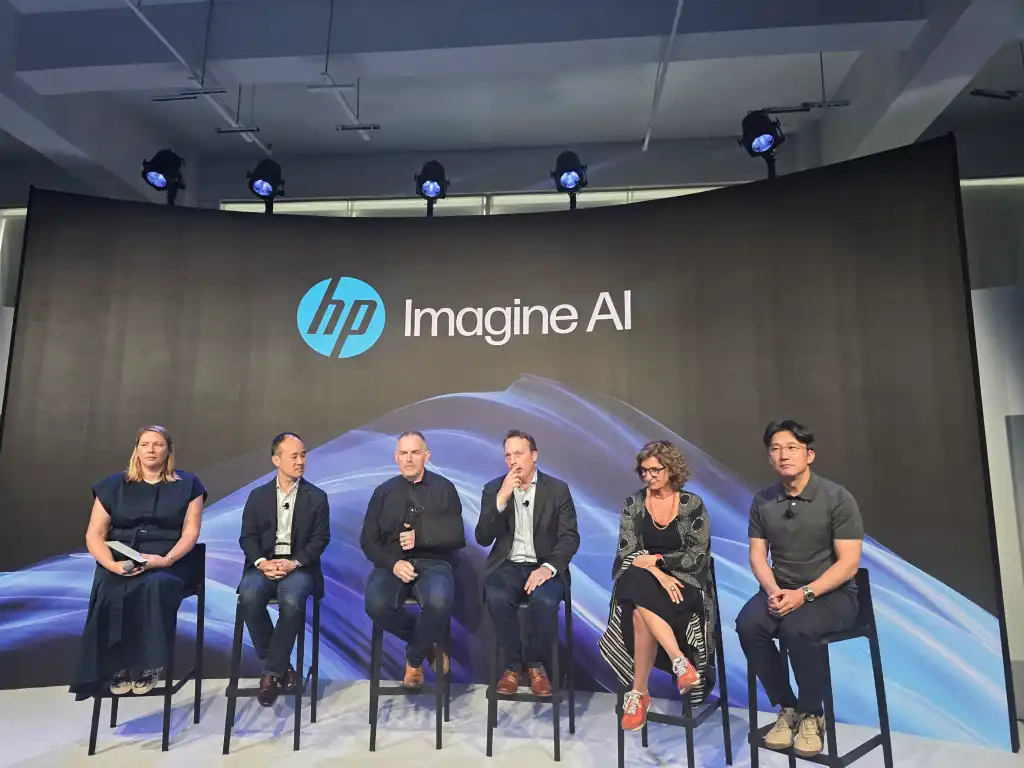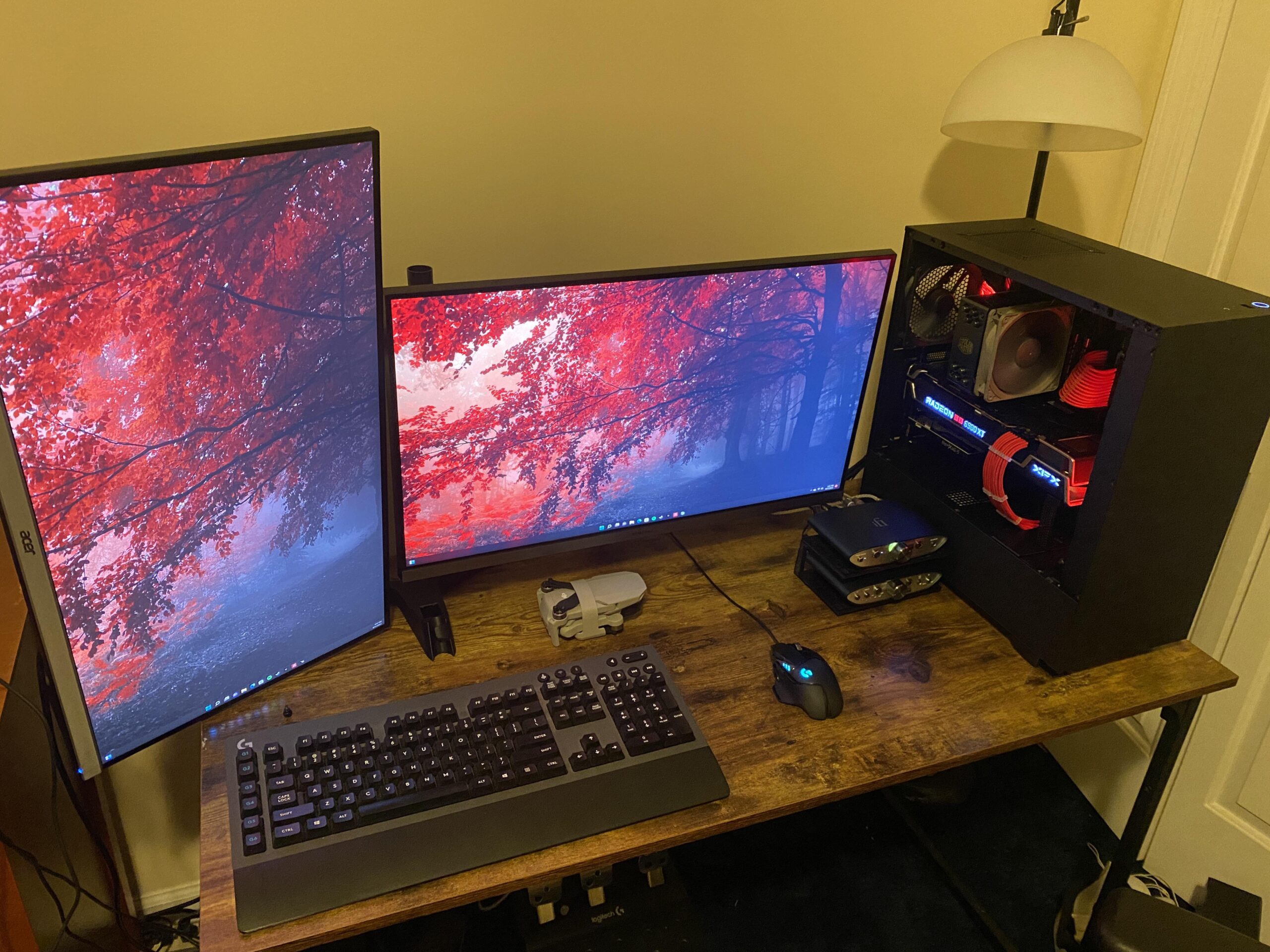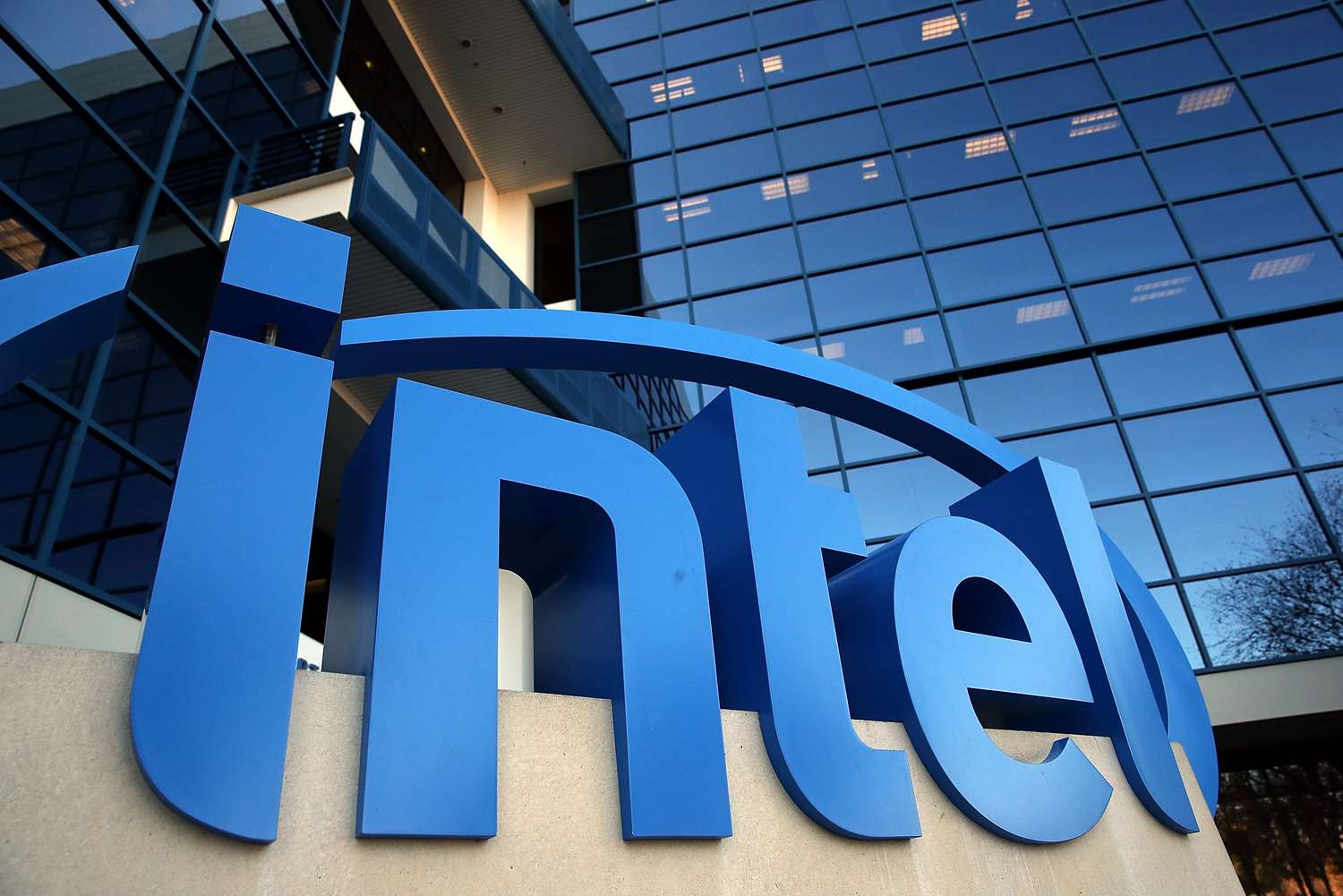
We seem to be in the honeymoon phase of an AI PC boom, with AI chip technologies and software rapidly and continuously improving in laptops.
This was the clear sentiment at HP’s Imagine AI event in New York City last week, where HP personnel highlighted current AI PC technologies and teased future advancements expected later this year.
“This is one of the biggest, most dynamic inflection points I’ve ever seen in my career. There’s stuff on the front burner in the AI category coming soon, even later this year, including even more AI performance in consumer laptops and workstations,” said Alex Thatcher, senior director of cloud client and AI experience at HP.
“We’re also going to see big innovations around AI PC security, and you’ll see significant investments in AI PC software. This includes AI software development HP is doing in-house, as well as collaborations with our independent software vendors (ISVs),” he added.
The event showcased innovations in more powerful AI chips, such as the announcement of the HP OmniBook Ultra, HP’s highest-performing AI PC. It features a Ryzen AI 300 processor with a new maximum 55 TOPS (trillions of operations per second) NPU processing power, a 15 TOPS increase over HP’s previous most powerful AI PC.
However, when asked if these leaps in TOPS would continue in future AI laptops, the answer was surprising. “For common users, I think we’ll see a plateau in TOPS before it starts climbing again,” said Thatcher.
Guayente Sanmartin, SVP and division president of commercial systems and display solutions at HP, explained why a plateau in AI TOPS wouldn’t halt innovation in AI PCs.
“HP is innovating in three areas beyond just TOPS performance,” she said.
“First, we’re enhancing anything that allows users to work more efficiently, such as the AI apps we’re integrating into our laptops.”
“Second, all the sensors and feedback mechanisms in our AI PCs will continue to personalize the experience based on how you work and which devices you use.”
“Lastly, there will be significant innovation in security — providing robust security with a privacy component. Users need to keep their data private but also need to access it themselves,” she emphasized.



